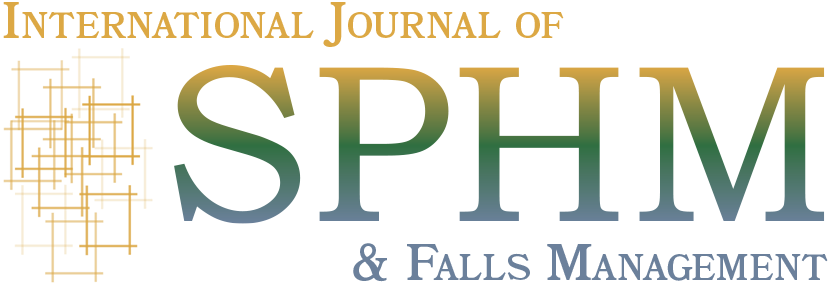Safe Patient Handling Building Design Guidance: An Overview of the Patient Handling and Movement Assessment
$25.00
Manual patient handling is the primary reason for musculoskeletal injuries in caregivers. Many technologies are available to control for such ergonomic hazards and take excessive patient handling loads off caregivers. Ceiling and wall-mounted lift systems, currently the most valuable patient handling technology, must be installed within existing structural and physical constraints of a wide range of building designs or designed into new buildings. However, design professionals have had little to no direction until recently. In 2010, national guidance on the design and construction of healthcare facilities included such direction: The Patient Handling and Movement Assessment (PHAMA). Conducting a PHAMA provides a method to make good equipment selections and ensures consideration of building characteristics that influence the safety of caregivers and patients. The PHAMA includes 2 interrelated phases. Phase 1: “Patient Handling and Movement Needs Assessment” identifies equipment requirements and Phase 2: “Design Considerations” relays space, structural, and other design considerations.
Matz MW
Keywords: building design guidelines, patient handling assessment
One time download – from June 2011 issue
